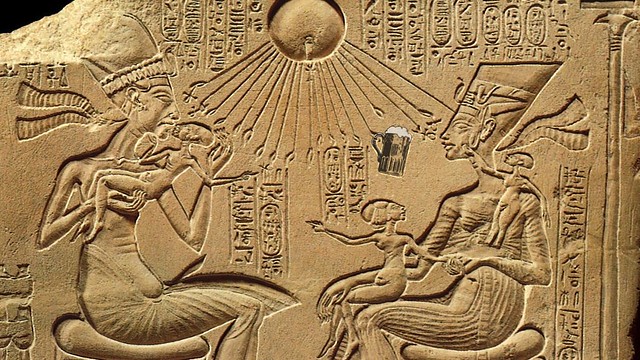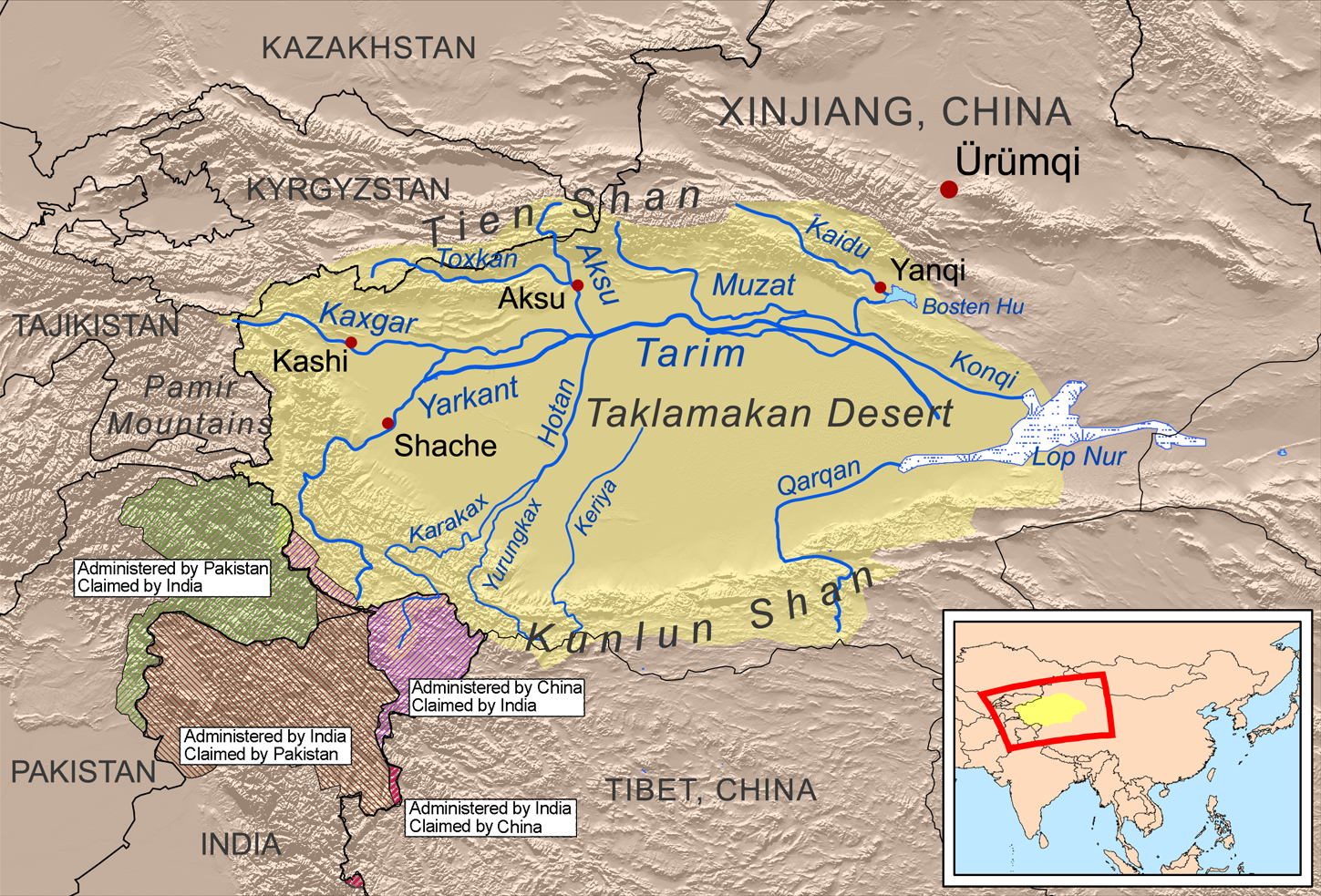A Brief History of Astronomy
In the early days of human civilization, man looked upon the sky with wonder, and perhaps even a little fear. After all, what was the nature of all these glowing orbs in the sky? From these times, man has left some clues as to the way he perceived these strange objects. Early man would often deify these objects, ascribing to them the nature of gods, beasts and otherworldly beings.
 |
| An ancient star glyph |
There is a growing amount of evidence from archaeologists and historians that early civilizations built monuments to observe and perhaps show reverence to these stellar objects. Ancient monuments such as Stonehenge in Britain, and the stones at Carnac in France are a good example of such monuments.
.jpg) |
| The British megalithic monument Stonehenge |
From these brief examples, we can perhaps surmise that Astronomy was one of the first sciences. Observations of the heavenly bodies continued throughout human history. It is theorized that the ancient Greeks inherited astronomical knowledge from an earlier civilization, perhaps from the Babylonians. In 480 BC the Greek philosopher Thales was able to predict eclipses using this knowledge. In 100 BC Hipparchus produced the first star catalogue and recorded the names of constellations.
Ptolemy (200 AD) was the librarian of Alexandria, and developed a complete description of the solar system that was able to explain the motions of the planets, and was one of the first known proponents of the heliocentric worldview that we take for granted today.
In the 1500s, during the
Renaissance the Polish astronomer Copernicus reinvented the heliocentric worldview, which was at odds with the Church's geocentric model of the universe.
 |
| Polish astronomer Copernicus |
In the 1620s, Galileo developed a small refracting telescope and was able to prove that the heliocentric model of the universe was correct from observing the movements of the stars. Later scientists such as Newton improved on Galileo's design, creating more powerful telescopes. Such observations led to the Newton's theory of gravitation, thus paving the way for modern scientific discoveries and ushering in the age of scientific enlightenment.
In the present day, scientists use powerful telescopes such as the Hubble telescope to observe the heavens and apply their knowledge of physics and mathematics to attempt to describe the universe around us.
 |
| An image from the Hubble space telescope. |





.jpg)

